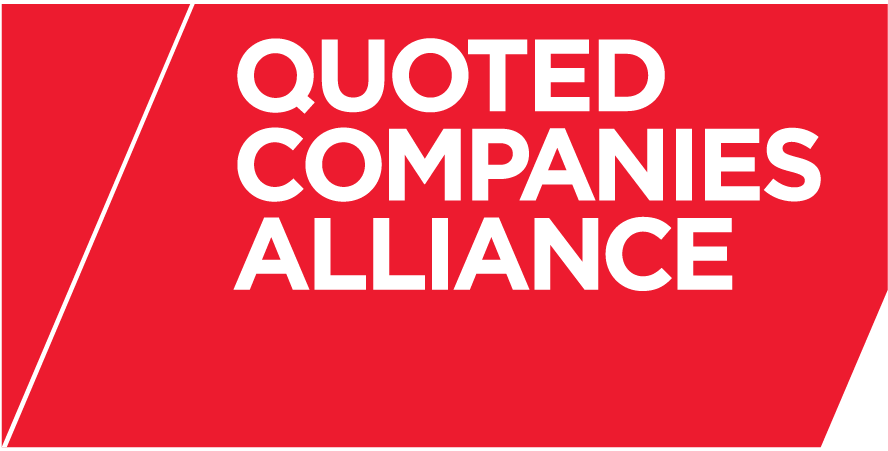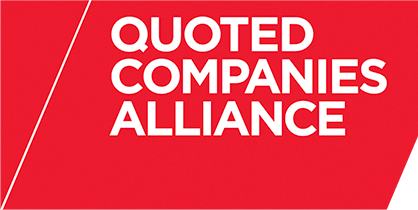The current premium levels for Directors & Officers Insurance are as low as they have ever been which is prompting companies of all sizes to review their existing arrangements. Whilst lower premiums obviously benefit companies and ultimately their shareholders, there are some risks to taking the lowest possible premium as not all policies give the same cover.
Only two insurers offer wordings specifically designed for AIM Companies. These both offer broad cover for the Directors & Officers but, in addition, they include the following covers:
1) Public offering of securities cover
Protection for claims against not only the Directors but also the Company itself (The Entity) for claims of misrepresentation in the any Admission Document, specified placing document or Prospectus. It is essential that insurers note secondary Placings and confirm that cover is extended for these.
2) Cover for Directors Warranties provided to Brokers/Nomads for both IPO's and Secondary Placings
Protection again for both the Company and its Directors for claims bought by the Broker (or NOMAD). In a similar manner to the public offering cover the IPO and secondary placing agreements must be noted by insurers within the policy schedule.
Whilst there is a modest premium for including these additional covers they are recommended for AIM companies. With Brokers & Nomads pushing for higher warranties in placing agreements the additional premiums for the AIM wordings are worth every penny.
Unfortunately D&O cover is frequently arranged by non-specialist brokers who are unaware of the implications of certain terms and conditions imposed by insurers. An innocuous looking wording or endorsement can often have wide ranging implications in particular for companies with overseas operations or those who undertaken frequent secondary placings. Examples of problematic exclusions are as follows:
-
Insurers frequently apply a 'Prospectus Exclusion' which would apply to secondary placings as well as an IPO. Unless the insurer is advised of a further placing and agree terms to include it cover would almost certainly be excluded for the secondary Placings.
-
Insurers often try and apply an absolute bodily injury or property damage exclusion in particular to risks involved in exploration, drilling or mining. This exclusion not only excludes any actual injury or damage but also any resulting claim against the Directors for any effect on the company or its share price. Where possible any bodily injury exclusion should be limited to a wording that only excludes the actual injury itself.
- Whilst major shareholder exclusions are commonplace these can pose a problem if not limited to major shareholders ‘at the date of the wrongful act’. In the event of a change in shareholding or acquisition a broad ‘at any time’ major shareholder exclusion can cause significant problems and gaps in cover which did not exist at the time a policy was taken out.
These are just three examples of wordings that can limit cover where it is essential reflects that fact that any policies or quotes that are issued with endorsements or exclusions should be carefully checked and adequate explanations provided of their implications.
In summary there is now very broad cover available for quoted companies at premiums that are very low. There are however wide variations in the cover that can be purchased from a wide range of insurers and the cheapest cover is in many circumstances not the most appropriate.
Daniel Innes is the Professional Risks Director of Clear Insurance Management. He has been an insurance broker for 20 years and specialises in arranging cover for Quoted and Listed Companies.

